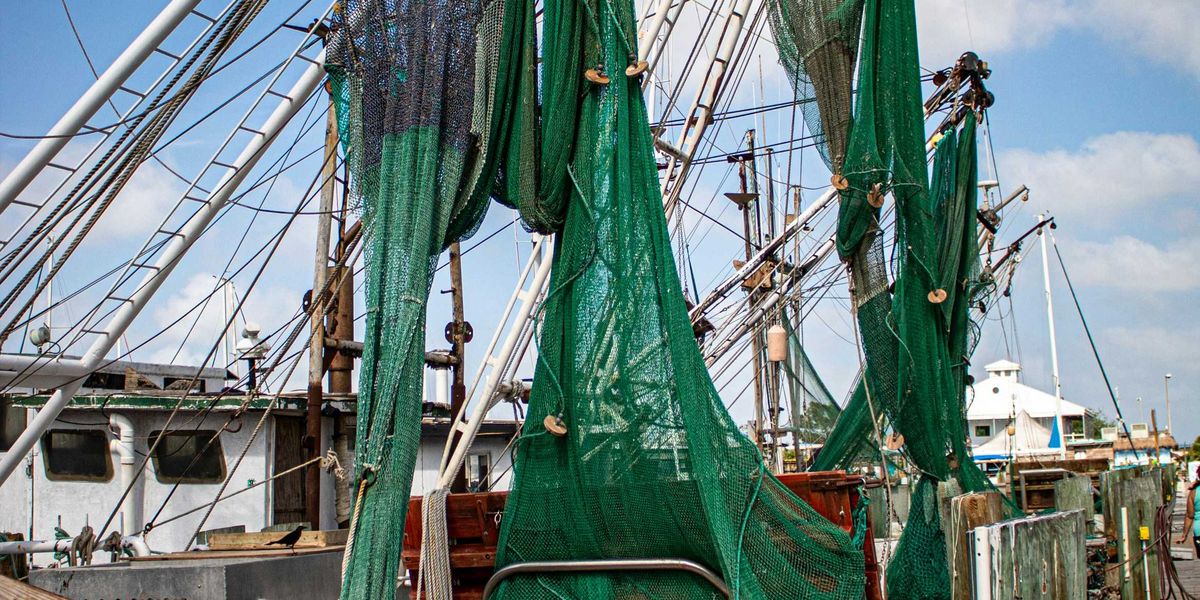petroleum contamination
Deep-water oil terminal near Texas raises safety concerns
Enterprise Products' new deep-water oil terminal off the Texas coast could pose significant risks due to its unconventional design, which allows tankers to moor closer than usual, potentially leading to catastrophic accidents in severe weather.
In short:
- Enterprise’s Sea Port Oil Terminal (SPOT) project, which can load two supertankers simultaneously, poses a risk due to its tanker mooring distance being much shorter than industry standards.
- Experts warn that in severe weather, tankers could break free and crash into the terminal, causing a catastrophic oil spill and endangering workers.
- Despite new standards suggesting greater mooring distances, the Maritime Administration has not required SPOT to comply, citing previous risk assessments.
Key quote:
"The worst case is the vessel is weather-vaning close to the platform and then a squall comes through and blows the vessel against the platform and knocks it over."
— Lincoln Stroh, chairman of the National Offshore Safety Advisory Committee.
Why this matters:
A collision at the terminal could lead to a massive oil spill, endangering lives and severely impacting marine ecosystems, suggesting the need for revised safety standards in offshore oil operations. Read more: As inevitable as blood and taxes.
Barge collision collapses Galveston bridge, triggers oil spill
A barge collision caused a partial collapse of a Galveston bridge, leading to an oil spill and the closure of the only road to Pelican Island.
Juan Lozano and Lekan Oyekanmi report for The Associated Press.
In short:
- A barge hit the Pelican Island Causeway Bridge, causing partial collapse and oil spillage into nearby waters.
- The accident halted access to Pelican Island and led to a cleanup effort but is not expected to cause major economic disruptions.
- The bridge, built in 1960 and rated in poor condition, was scheduled for replacement in 2025.
Key quote:
"The current was very bad, and the tide was high. He lost it."
— David Flores, bridge superintendent, Galveston County Navigation District
Why this matters:
The incident shows the risks associated with aging infrastructure and the potential environmental impact of oil spills, emphasizing the need for timely maintenance and upgrades to prevent similar occurrences. Read more: Source of pride and pollution: Balancing energy needs and community health.
Orphan well backlog grows in Texas, even as federal funds flow
Ten years after disaster, Lac-Mégantic is a model for a greener future
Rebuilding from scratch meant the Quebec community could become more sustainable than ever.
In Denver, oil trains hit a fork in the road to Colorado's transportation future
US government toughens rules on chemicals used to break up oil slicks
In a nutshell:
Chemicals used to break up oil slicks are getting a stringent makeover by the EPA as ongoing research continues to establish a link between exposure to chemical dispersants and myriad chronic illnesses suffered by Deepwater Horizon clean-up workers as well as those involved in the 1989 Exxon Valdez remediation. Exposure to dispersants has been linked to increased risk of cancer, cardiovascular damage and negative birth outcomes.
Key quote:
“What has happened to the BP workers and coastal residents with all these illnesses and lingering harm and sick and dying children. Nobody wants that to happen again,” said Riki Ott, an Alaska toxicologist.
Big picture:
A recent report by The Guardian disclosed that BP cleanup workers in the Gulf of Mexico were provided with training materials that alleged the dispersants being used contained no harmful ingredients — a blatant inaccuracy that the new regulations also seek to address. Furthermore the efficacy of dispersants decreases markedly in cold water which should give pause with more drilling planned for northern regions and a subsequent increase in cold-water oil transport. The EIS prepared for the Alaska oil lease by the Interior Department assumes a nearly 1 in 5 chance of a large spill in that region.
Read the full story in The Guardian.
US government toughens rules on chemicals used to break up oil slicks
Environmental activists sued EPA to update regulations, after thousands of people sickened from Deepwater Horizon cleanup.









